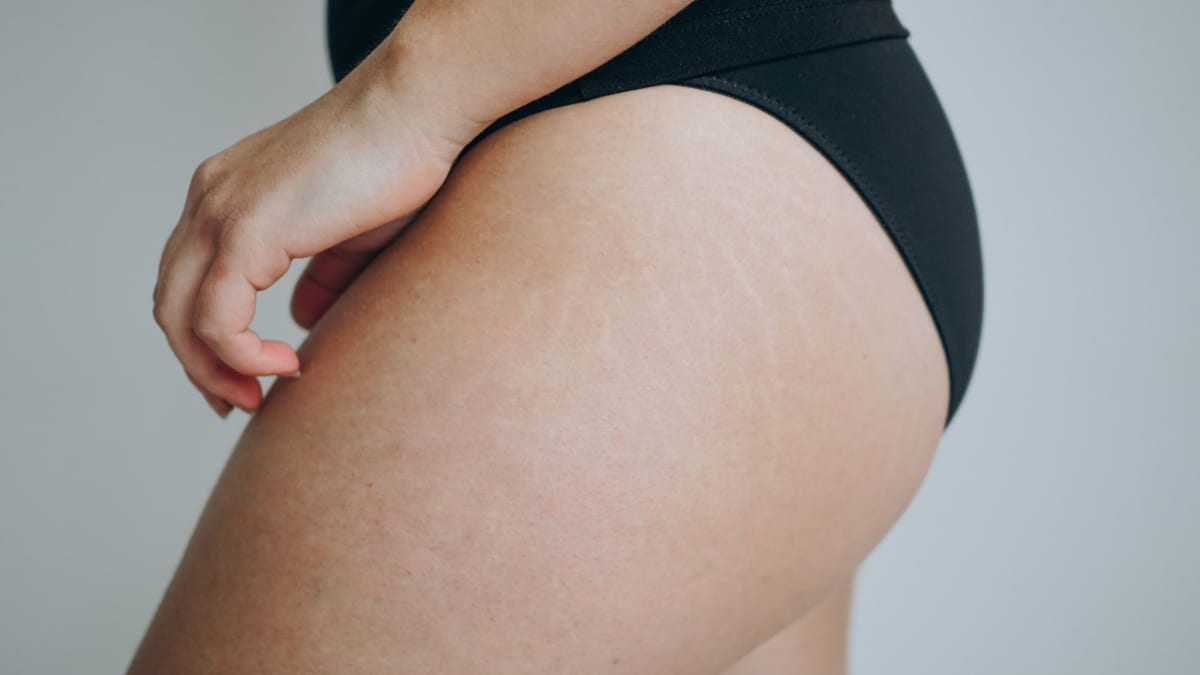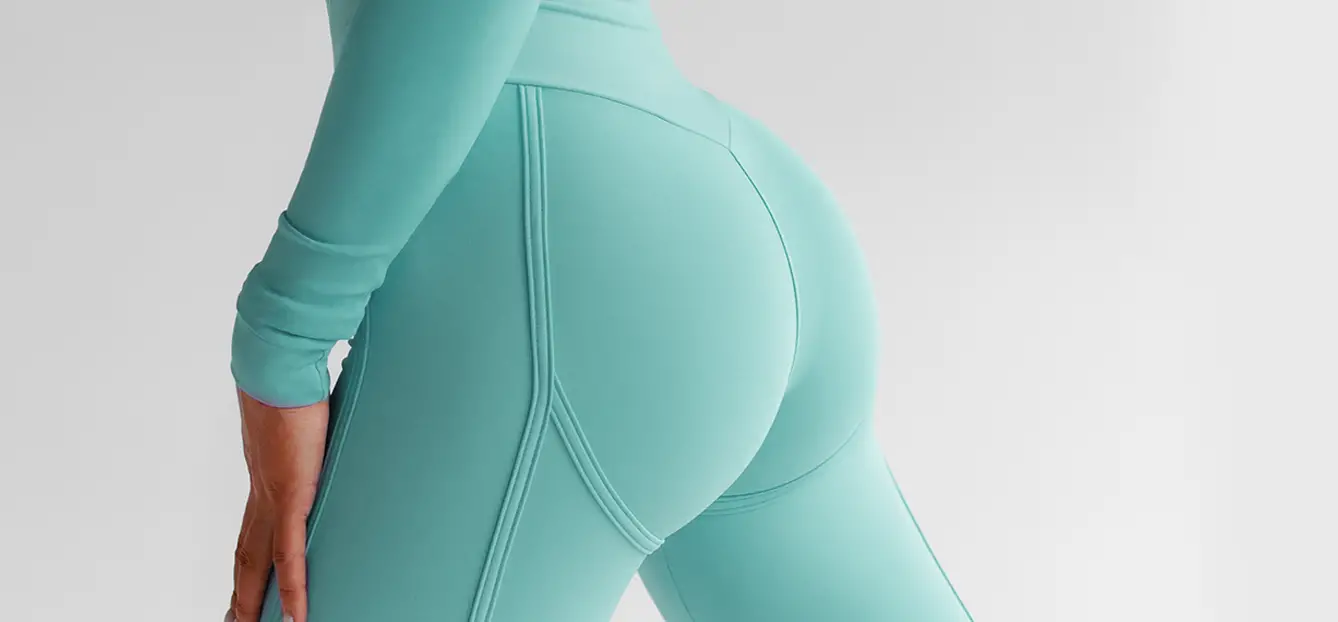Keratosis Pilaris Buttocks Causes: A Beautician's Guide
As a beautician, understanding the nuances of various skin conditions is crucial for providing your clients with the best care possible. One such condition that might perplex both clients and professionals alike is keratosis pilaris, particularly when it manifests on the buttocks. But what exactly causes this condition, and how can it be managed effectively?
Keratosis pilaris is a common, harmless skin condition characterized by small, hard bumps that may make your skin feel like sandpaper. These bumps are often light-colored and typically appear on the upper arms, thighs, cheeks, or buttocks. They are caused by a buildup of keratin, a hard protein that protects the skin from harmful substances and infection. When keratin forms a plug that blocks the opening of a hair follicle, it results in the formation of these bumps.

Understanding Keratosis Pilaris
The condition is often more prevalent in individuals with dry skin or those who have a history of eczema. The exact cause of the keratin buildup is not fully understood, but it is believed to have a genetic component. Environmental factors, such as cold, dry weather, can exacerbate the condition, making the bumps more visible and rougher to the touch.
As a beautician, it's essential to recognize that while keratosis pilaris is harmless, it can be a cosmetic concern for many clients. Understanding these causes can aid in providing the right advice and treatment options.
The Role of Genetics and Lifestyle
Genetics play a significant role in the development of keratosis pilaris. If a client has family members with the condition, they are more likely to develop it themselves. However, lifestyle factors cannot be overlooked. For instance, wearing tight clothing, especially synthetic fabrics, can irritate the skin and worsen the condition. Clients who frequently shave or wax may also experience an increase in keratosis pilaris bumps due to the irritation and inflammation of hair follicles.
It's important to educate clients on the impact of these factors and how they can be managed. Suggesting breathable, loose-fitting clothing and gentle hair removal techniques can be beneficial. For more insights, beauticians can explore this comprehensive article on keratosis pilaris on buttocks.
Managing Keratosis Pilaris on the Buttocks
While there is no cure for keratosis pilaris, several strategies can help manage the condition and improve the appearance of the skin. Regular exfoliation can help remove dead skin cells and prevent the accumulation of keratin. Using a gentle scrub or a loofah during showers can be effective. Moisturizing is also crucial; suggest products containing urea or lactic acid, which help in softening the keratin plugs.
It's also worth considering professional treatments. Chemical peels or microdermabrasion can be offered in a salon setting to help reduce the bumps. These treatments can complement a client's at-home routine and provide more noticeable results over time.
Professional Guidance and Resources
For beauticians seeking to expand their knowledge, resources such as the Harvard Health Guide offer valuable insights into the condition and its management. Additionally, articles like best time to use antifungal wash can provide further context for understanding skin conditions that may be confused with keratosis pilaris.
Conclusion
Understanding the causes and management strategies for keratosis pilaris on the buttocks is invaluable for beauticians looking to provide comprehensive care for their clients. By recognizing the genetic and lifestyle factors involved, and by offering both at-home remedies and professional treatments, beauticians can help clients manage this condition effectively and enhance their overall skin health.

FAQ
Can keratosis pilaris be cured?
Currently, there is no cure for keratosis pilaris, but the condition can be managed with proper skincare and lifestyle adjustments.
What products are best for treating keratosis pilaris?
Moisturizers containing urea or lactic acid are effective in treating keratosis pilaris. Regular exfoliation is also beneficial.
Is keratosis pilaris contagious?
No, keratosis pilaris is not contagious. It's a genetic condition and cannot be passed from one person to another.

